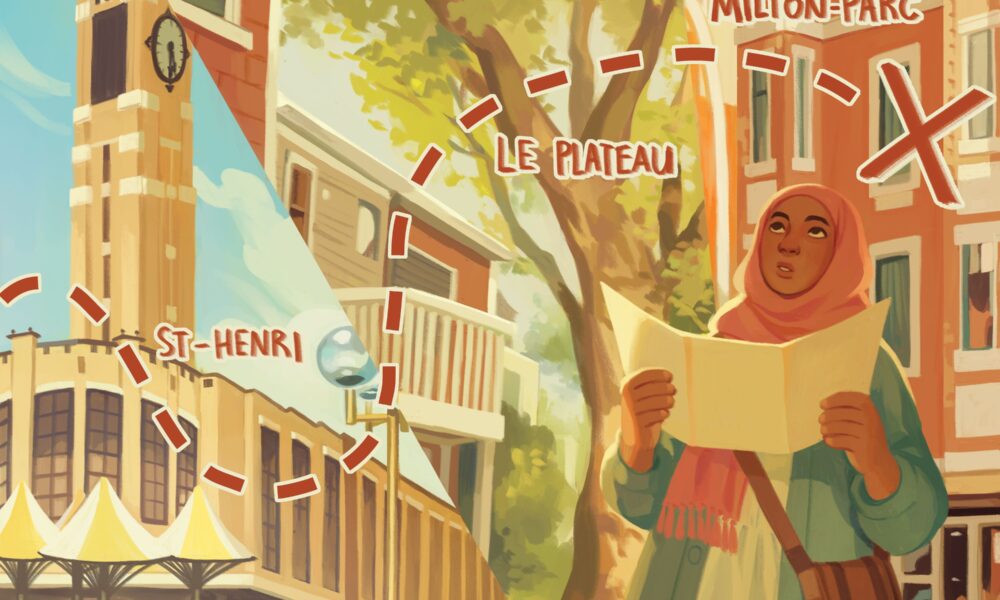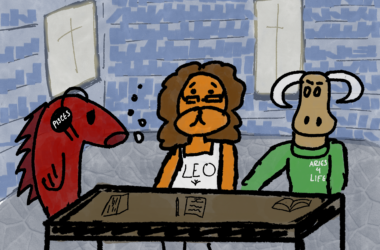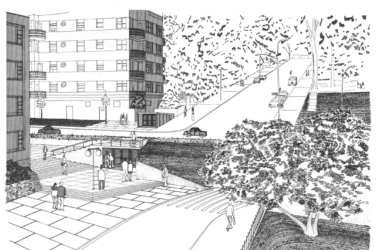Living in Montreal is exciting––discovering each of the city’s neighbourhoods is like peeling back another layer of a metropolitan onion. And while there are over 180 000 students in Montreal, amidst our own categorizations of the city’s various boroughs––e.g. art girls with stick and poke tattoos live in the Plateau, frat boys reside in Milton Park––it can be easy to forget that beneath each of these areas lies a rich history, one that has existed long before the arrival of students. The McGill Tribune sheds light on some of the communities and histories that continue to make Montreal neighbourhoods what they are today.
- Plateau
The borough that we know today as the Plateau dates back to the late 18th century, when it was made up mostly of farmland. Eventually, in 1845, village-style homes began to appear, followed by duplexes and triplexes. The Plateau, however, only got its name in the 1930s: Some claim it came from a local newspaper referring to the broad terrace at the base of Mont-Royal, others claim it was a bus-driver stopping at a school called “Le Plateau” who would shout out the name upon arrival. While students see the area as an artsy place to live, the Plateau has been home to different populations for years. Among these are a Jewish community, French immigrants, and a large Portuguese population who arrived in the 1950s.
- Mile-End
Just north of the Plateau lies the Mile End, a neighbourhood that is home to the iconic Jean Talon Market, Fairmount Bagel, and Cafe Olimpico—known for its signature affogato. This borough also includes “Little Italy,” or Piccola Italia in Italian, which received its name from a wave of Italian immigration in the early 20th century. Those in the neighbourhood can pay a visit to Parc Dante, which has an open-air cinema in the summer, or try one of the many pizza restaurants in the neighbourhood. In addition to Italian immigrants, the Mile End is home to a large Jewish population and was once Montreal’s most Jewish neighbourhood. There is also a Greek community who arrived after World War II and settled around Park Avenue, resulting in the area being called “Little Athens,” though many Greek residents have now moved away, along with many others who cannot afford the rising rent prices in the area.
- Milton Park
Milton Park has seen a radical transformation from its initial formation at the turn of century as a neighbourhood for wealthier families. As its iconic Victorian row houses were transformed into apartments, the city-central, low-rent housing attracted a cosmopolitan community, including McGill students and professors as well as immigrant families. In the 1960s, the quarter became home to a bustling local arts and counterculture scene: Big names in the era’s rock, folk, and jazz scenes graced venues, cafes, and record stores on Park Ave and Milton Street, including singer-songwriters Joni Mitchell and Muddy Waters. However, many of these beloved local gathering spots were only open for a few years, soon subject to increasing gentrification. In 1968, residents formed the Milton-Parc Citizens Committee to resist real-estate developers plotting to turn most of the neighborhood’s historic buildings into high-rise condos and commercial units. Through community demonstration, activists successfully gained a land trust and would go on to establish the largest cooperative housing project in North America.
- Quartier des Spectacles
In 1865, the Gesù theatre, the neighbourhood’s first cultural organization, opened its doors. Other theatres followed, opening alongside cabarets and jazz clubs. During the American Prohibition era, Montreal, now famous for its nightlife and vibrancy, became a cultural hot spot. In the coming years, professional theatre grew in popularity, along with the construction of the metro system, thrusting Montreal into a modern era. Eventually, Complexe Desjardins opened, and the area saw a rise in commercial activity. Quartier de Spectacles is also known as the Latin Quarter, a name which, unlike Little Italy and Little Athens, was inspired by the Quartier Latin in Paris.









